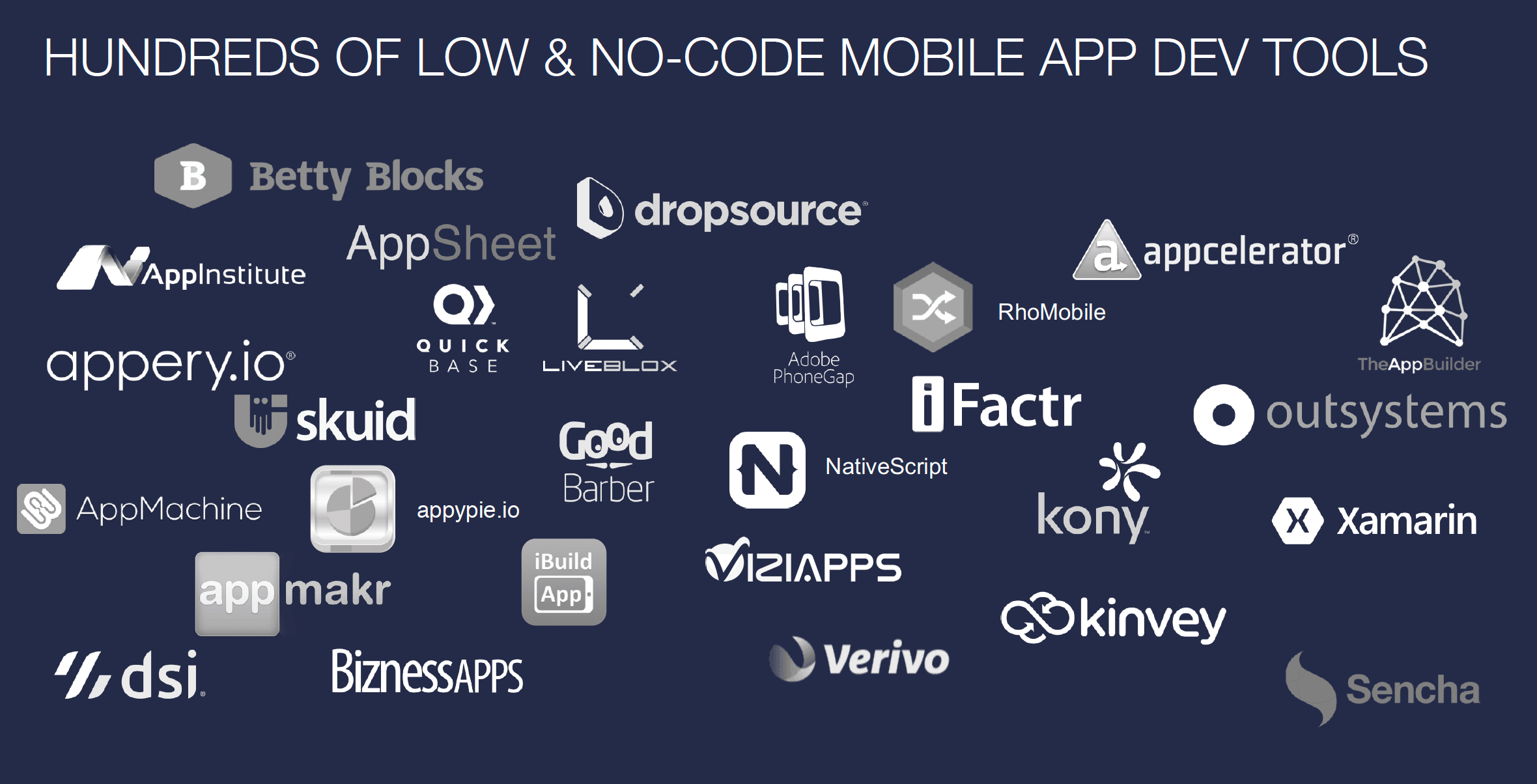
Business stakeholders and IT experts agree that low-code platforms can be useful to their companies more than 99 percent of the time.
A “Graphical User Interface” (GUI) enabled application is what is typically intended whenever the term “low-code development platform” is used. In contrast to traditional programming, it produces the code more quickly. Additionally, the tools reduce the amount of hand coding required, resulting in a quicker development process and lower cost.
The platform is effective in expediting setup, management, and deployment while enabling efficient coding. A low-code development platform like Appian, for instance. So what is Low code app development platform and how it enables programmers to create distinctive apps in a well-organized setting. Therefore, a wide variety of features are introduced by the Appian platform right out of the gate.
What are the Benefits of Low-Code Development?
Low code adds value to your business by allowing non-technical employees to create apps themselves or by making coding easier for programmers by reducing laborious, non-value-added chores.
So what is Low code app development platform? If you are not sure why you should choose rapid application development, the following advantages are well taken into account:
· Reduced operational and construction costs
· increased adaptability
· increased productivity
· efficient risk management
· quicker transformation
Factors to Consider When Picking A Low-Code Application Development Platform
Identify Use Cases across the Enterprise
Since “low-code and no-code capabilities” have become more common over time. It is many businesses are forced to quickly update or upgrade apps. This explains why there are several low-code solutions available with different development methodologies and capabilities.
Consider the fact that a low-code development platform must speed up or enhance application development for your business. However, it is crucial to compare it to the many application types your company needs in terms of user interactions, workflow features, and data needs.
Determine Who Will Design Applications
Compared to other low-code platforms, some are closer to “No-code.” We already guide you about Low code app development platform. No-code developers provide some visual tools for creating user interfaces, integrations, and processes. But they have fewer options for modification and expansion.
Although a development platform may advertise to be low-code, technical customization will still be required to create a customized, efficient fit for your company. If your team requires additional input from more related work, many businesses provide specialized consulting customized toward particular platforms to support these efforts.
Evaluate Integration Requirements
Some businesses cannot afford to design or create low-code applications in isolation. It is necessary to integrate applications with enterprise systems, servers in the cloud and data centers, APIs, and external data sources.
Final Verdict:
You might need to connect reliable low-code platforms if your business is creating machine learning or pipeline models for IOT data. As you know what is Low code app development platform and how it works. Although almost all platforms offer APIs, there are major differences in their usage, company-specific efficiency, and support development.
A company wants to avoid developing a low-code program that needs complex integration and continuous maintenance!
If you want to know about Low code application development platform for Enterprises, Banking ISVs, and telecom or Rapid web application development platform studio and Low code alternatives and its features and pricing compare Mendix vs Outsystems vs powerapps vs wavemaker feel free to contact us.

